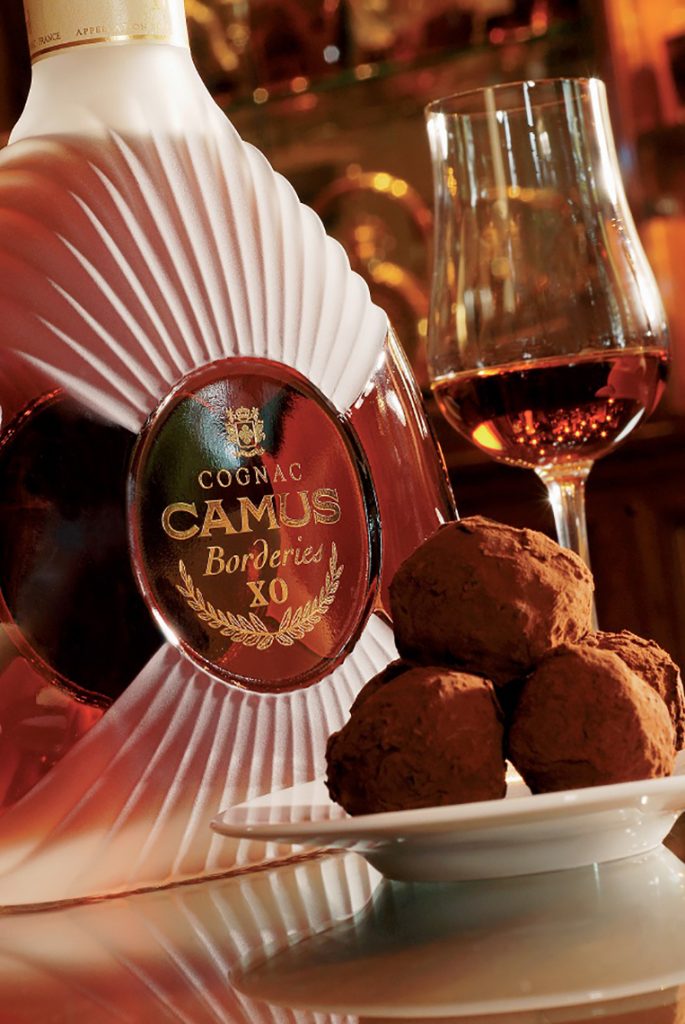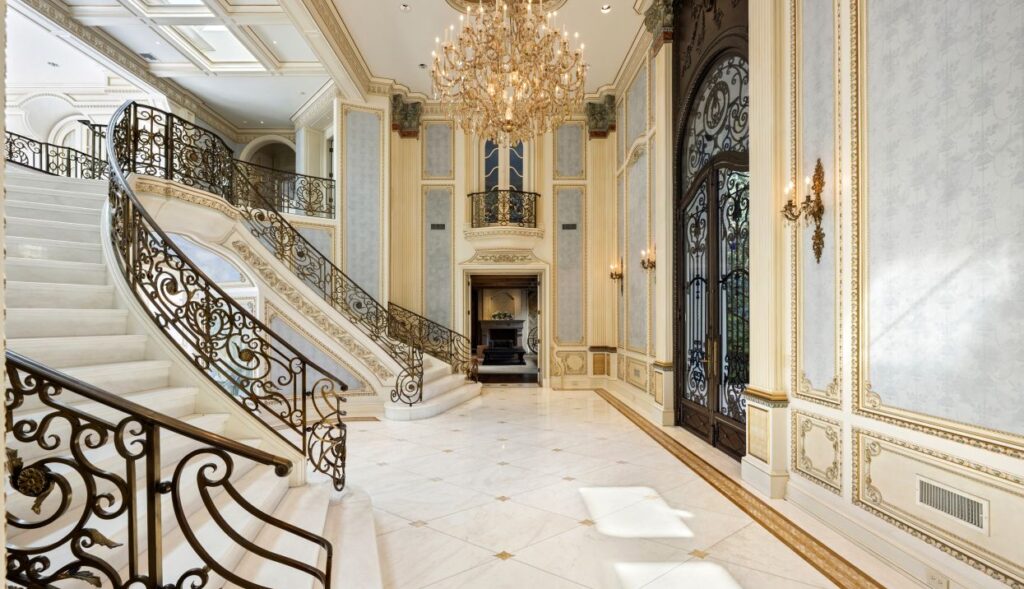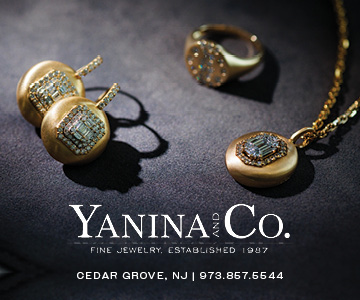I’ve never been much of a cognac drinker. Hints of dried fruit and citrus zest never appealed to me. I had my first cognac at 16. As I recall, its sweet bite was quite foreign to my tongue. It was then that I decided that cognac wasn’t for me.
Growing up in an affluent town like Franklin Lakes, NJ, it wasn’t particularly hard to come by an expensive cognac—even as a high schooler. It was kept on top shelves and locked away in liquor cabinets in all of my friends’ homes. And what debaucherous teens could refuse the call of swiping a $2,000 bottle from their father’s home bar?
Though I’d tried it from time to time, a stigma grew with each mysterious bottle adorning the names of Frenchmen. As I got older, some of my college peers would mix Hennessy VS with Coca Cola. The thought of adding something syrupy to something I already felt was sweet seemed a bit odd, and the VS bottle didn’t hold the same weight as the bottles we’d stolen a swig from growing up. Then came VUE. The publication’s inception opened up a whole new world of spirits, and for me, cognac was no exception.

It started in early 2016 at Empire Steak House on 50th Street in Midtown East—I was invited to a cognac dinner which was led by Cyril Camus, president of the Camus Cognac brand. As the fifth largest cognac house in the world, Cyril offered us a glass from each bottle of the brand’s entire profile. This included everything from their balanced, vibrant VSOP Elegance to their very intense Borderies XO, which is created from the most prized vines of the Camus Estate. You can imagine my trepidation heading into the evening with the mindset of having staved off cognac altogether. But from the very first glass, the stigma I’d come to know slowly lifted. Subtle notes of floral and velvety finishes showed me the spirit’s true drinkability.
In the year that followed, cognac cocktails made with Camus began popping up all over—from local wine bars and restaurants to even our own VUE launch parties. These weren’t $20 Hennessy and Coke concoctions, but well-thought-out craft cocktails at some really great venues. To my surprise, they were often among my favorites.
Camus, pronounced “Ca-moo,” is a brand steeped in tradition. The company uses a process of cognac making that has been passed down through generations, ensuring the spirit’s one-of-a-kind quality down to the soil, vines and grapes. I was fortunate enough to meet Cyril once again in 2017, this time at Hoboken’s Bin 14, where he made it abundantly clear that Camus is making its way to the U.S. And of course nothing could’ve spoken to this more than a Camus cognac cocktail decorating the top of the drink menu. The aptly named “Between the Sheets” cocktail was made with Camus Elegance, Brugal Blanco, Triple sec and lemon—it went down smooth (and fast).
“Cocktails bring new consumers,” Cyril told me as I ate the chorizo off my kale salad. “It opens up to people who don’t generally drink spirits neat, those folks are actually in the minority. To make a good cocktail, you need very good ingredients and cognac fits into that. It’s not cheapening the product, quite the opposite actually. It has had an impact. Cocktail culture is looking for niche ingredients, niche is good, crafted niche is what we can offer.”
Overall, cognac sales in the U.S. are beginning to boom. And with the resurgence of cocktail culture in the last few years, the mixed drinks are driving more sales—in nightclubs and cocktail bars alike. And while some would assume cognacs—particularly from the fifth largest cognac house—would be too hefty for cocktails, it simply isn’t the case.
“It’s hard to recruit new people to cognac. In the ‘80s and ‘90s, some consumers and houses went for very heavy, oaky, cognacs. Those were what people were drinking in nightclubs—it even worked as a make-your-own. But people are moving on from this and growing into something more elaborate,” Cyril said. “Ultimately, Camus is a much better fit for cocktail culture. There is no convincing a good mixologist that your product is right. They make up their own mind, and thankfully they pick up on Camus very well.”
Camus itself was founded in 1863 by Cyril’s great great grandfather, and though that literally is several lifetimes ago, the fifth largest cognac house in the world is still the youngest when compared to houses like Remy Martin or Martell. “We’re like the new kids, we’re still playing catch up,” he told me with a smile.
But Cyril and his family have differentiated themselves from the other houses in more than a couple ways throughout history, and it dates back to their very origins. For one, Camus is the largest family-owned cognac house in the world—Cyril himself was 32 when he first took over the family business. And while many other large cognac houses made their bones as merchants who would buy cognac from winegrowers, blend it and sell it, Camus were winegrowers—and they still are.
 Cyril explained, “One thing that sets us apart, especially with Camus VSOP Borderies, is it’s all coming from our own vineyards. We start right from the soil. We run the vineyards to maximize the aromatic potential. We even have our own weather station to help with segmentation and harvesting. During distillation, we are tasting every single liter. There’s always one liter in every 20 or so that has amazing aromatic density. This is what we want to find. It’s completely manual work, but every step of the process, we are focusing on improving aromatic profiles.”
Cyril explained, “One thing that sets us apart, especially with Camus VSOP Borderies, is it’s all coming from our own vineyards. We start right from the soil. We run the vineyards to maximize the aromatic potential. We even have our own weather station to help with segmentation and harvesting. During distillation, we are tasting every single liter. There’s always one liter in every 20 or so that has amazing aromatic density. This is what we want to find. It’s completely manual work, but every step of the process, we are focusing on improving aromatic profiles.”
In order for cognac to be considered cognac, the grapes have to be grown and fermented into wine in the Cognac region of France. While it can be aged elsewhere, in practice, it’s aged in oak barrels in cognac as well. And while Camus remains true to its traditional roots in practice, they also cling to their ideologies. “Cognac is a very traditionally imbued product. We don’t change many things, there’s a respect for tradition in many things. Camus always tastes the same, very floral, very aromatic cognacs. We actually learn from every generation. Taking in current technology and science and finding ways to improve, but always the same style. As a house, we’re not changing. Consumers tastes might evolve, but we don’t take this approach. What we change is how we communicate about it, how we package our product, how we display them. The way to convey elegance, ultimately changes. It’s the same with fashion. How we showcase our product changes, but what’s inside the bottle, stays the same—the personality stays the same. It’s very important to us.”
Cognac itself has always had a status as a higher quality spirit, which is one of the things that helped create the stigma for myself and so many other drinkers over the years. “It became a little bit too unapproachable,” Cyril mentioned as I told him about my past experiences with the spirit. “It’s starting to become more popular in the right sort of way where people are not as afraid of it. There’s multiple ways of drinking it. Not just neat after a meal. Not just as a digestif.”
Outside of nightlife and restaurants, more people are also promoting the consumption of cognac on the rocks. The right cognac is super flavorful, more approachable in that sense. This has begun more so in Europe and Asia, but with cognac on the rise in The States, we may see more of this soon. All of these different ways of drinking the spirit contribute to what is bringing cognac back into the consumer’s usual repertoire in a big way. For brands like Camus, it’s the call for quality spirits that is ultimately bringing the brand into the U.S. market.






